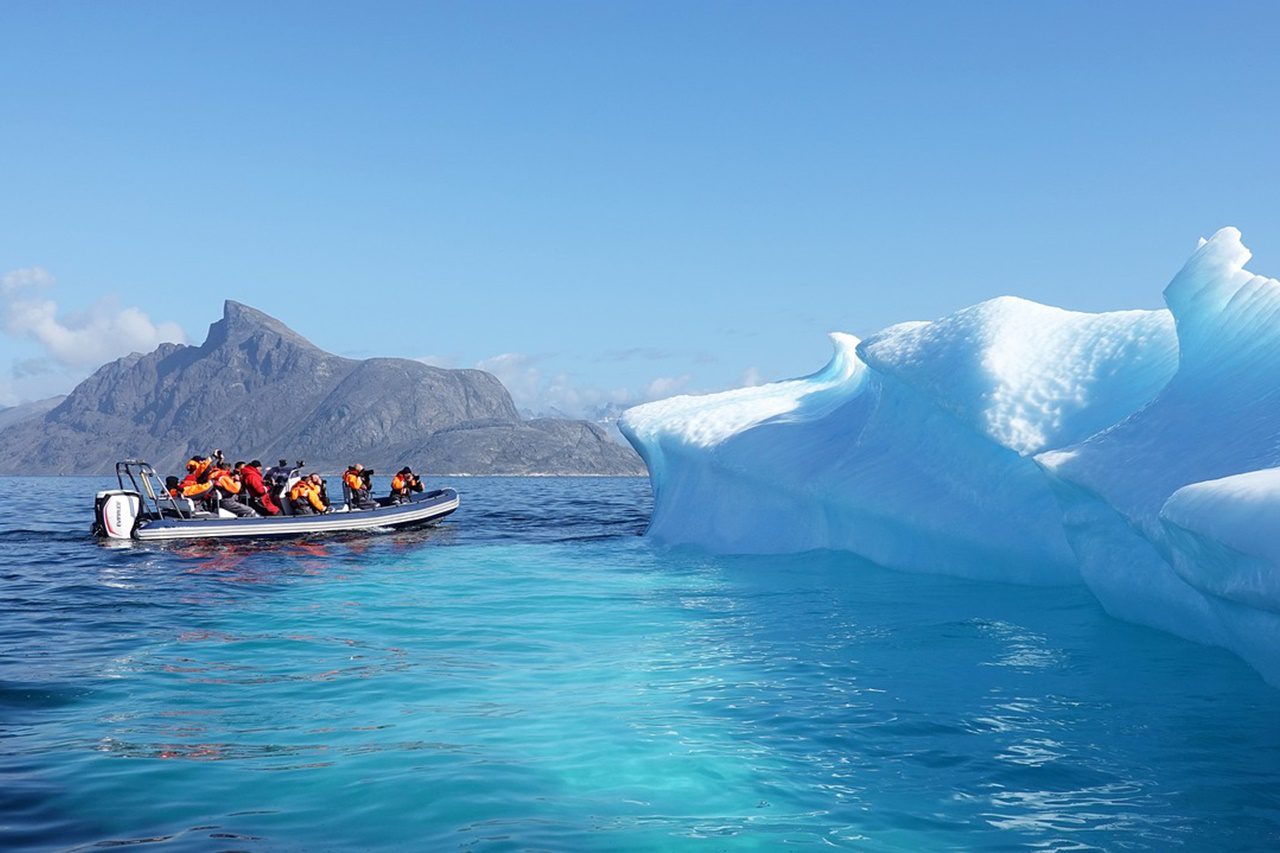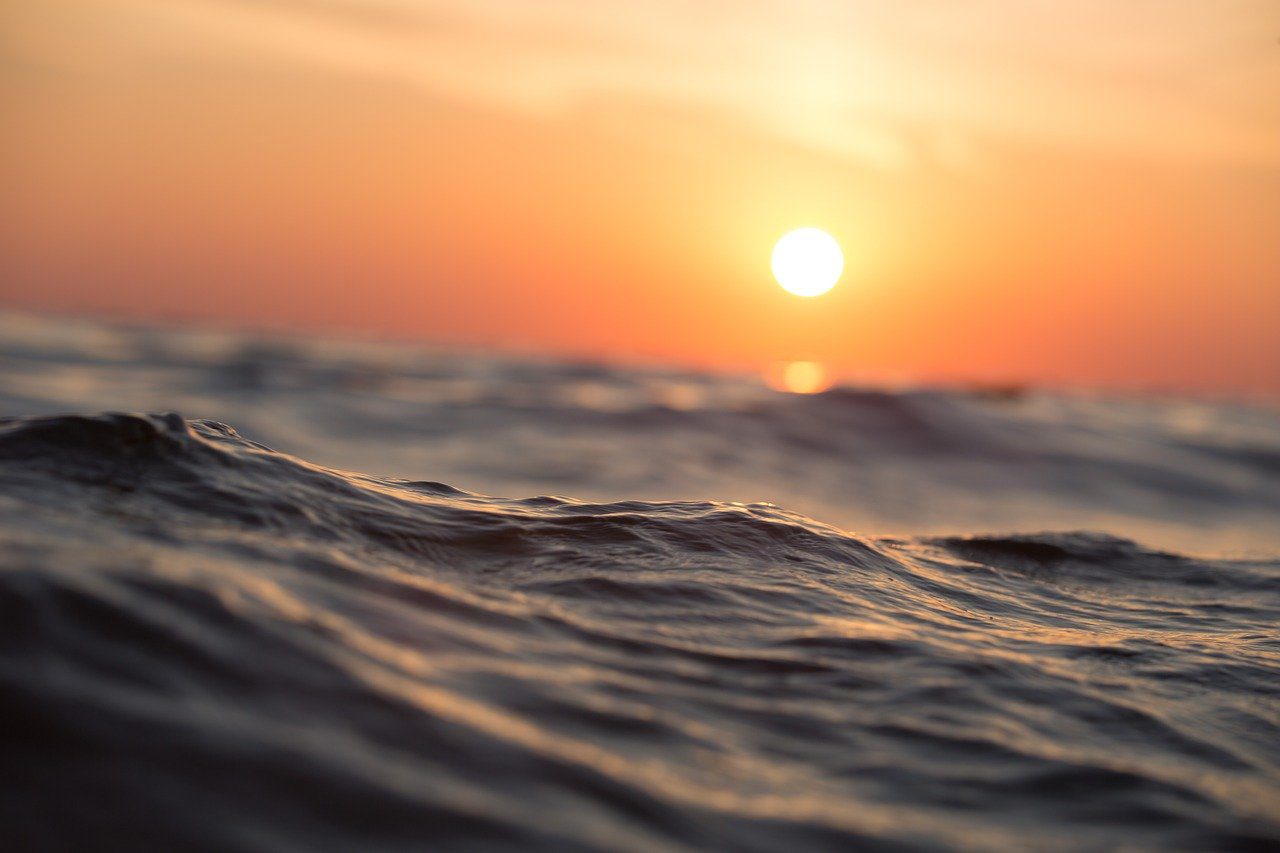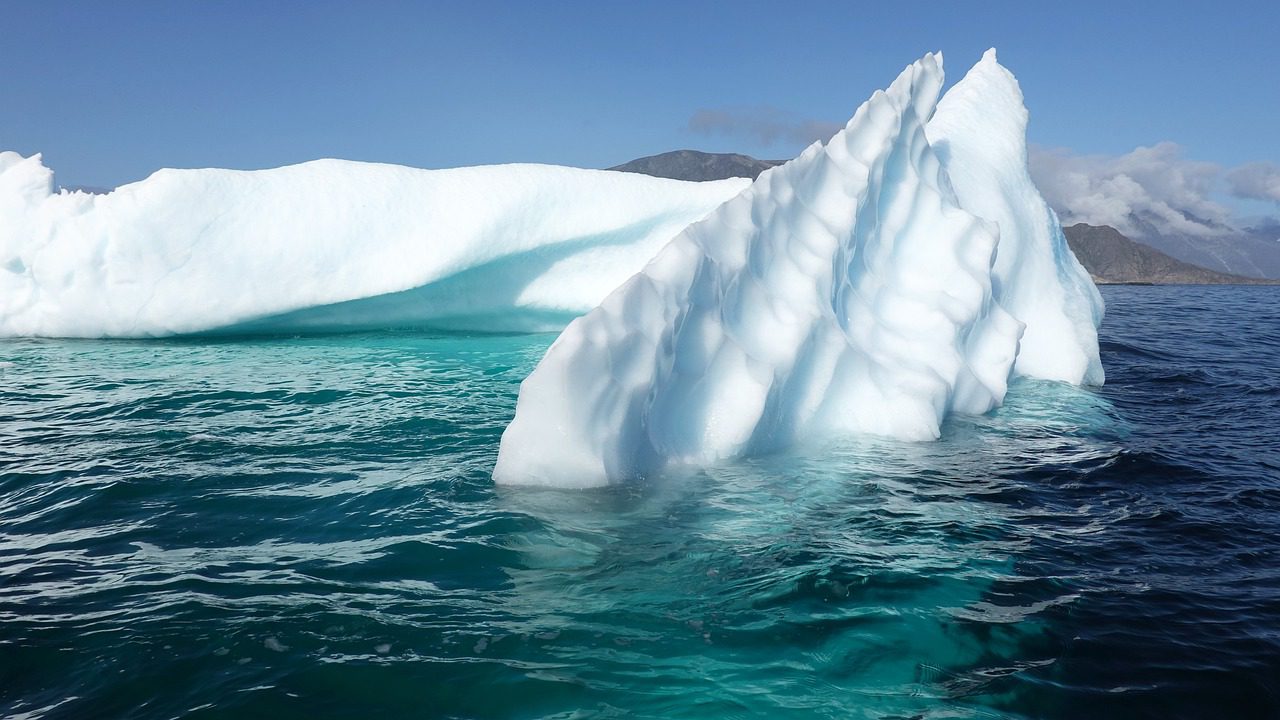This year brought some bad news on the climate change front: researchers found that ice is melting faster worldwide, and there’s a greater sea-level rise anticipated. The rate of ice loss each year has increased by 60%. A study of the Greenland ice sheet found that...
Category
Rising Sea Levels
Continue Reading
An Introduction to Sea Surface Temperature
The ocean has been around for billions of years. Yet, we only started measuring oceanographic variables in the late eighteenth century. We've got a long way to go before we can fully understand it. What we do know is that it's changing at a rapid pace—and at the crux...
Mitigating Climate Change
For years (and we mean many years), the ocean helped us mitigate the early effects of human emissions by absorbing greenhouse gases, like carbon dioxide and heat, from the atmosphere. As a result, more than 90 percent of the warming that happened on Earth between 1971...
Popular Categories
Company
TNZ Web Solutions Limited is registered with the New Zealand Companies office. Company Record: 8208571
Contact
© Artisynq 2022 Terms & Conditions – Privacy Policy – Additional Info











